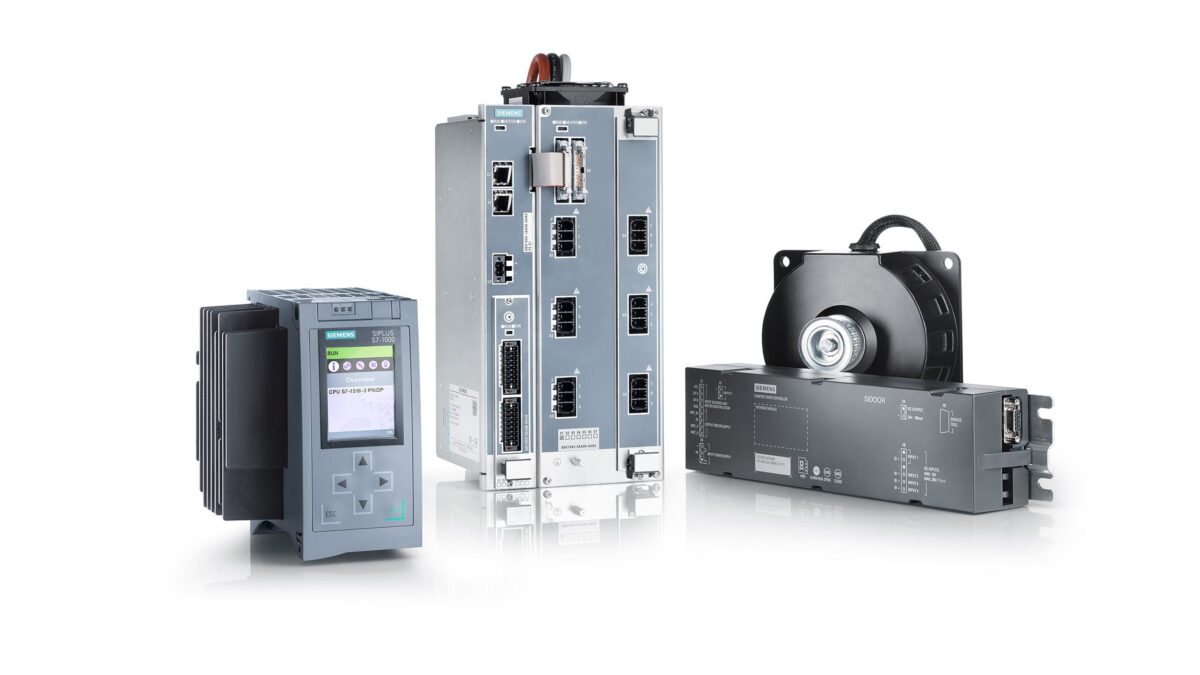1. EXECUTIVE SUMMARY
- CVSS v3 9.8
- ATTENTION: Exploitable remotely/low skill level to exploit
- Vendor: Siemens
- Equipment: SIMATIC ITC Industrial Thin Clients, SIMATIC WinCC Runtime Advanced/Professional, SIMATIC HMI Panels, SIPLUS extreme products
- Vulnerabilities: Heap-based Buffer Overflow, NULL Pointer Dereference, Classic Buffer Overflow
2. RISK EVALUATION
Successful exploitation of these vulnerabilities in the affected products could allow remote code execution and denial-of-service (DoS) attacks under certain conditions.
3. TECHNICAL DETAILS
3.1 AFFECTED PRODUCTS
Vulnerabilities in TightVNC (v1.X), a remote-control software package, affect the following Siemens products:
- SIMATIC HMI Comfort Outdoor Panels 7” and 15” (including SIPLUS variants): All versions prior to Version 16 update 3
- SIMATIC HMI Comfort Panel 4” to 22” (including SIPLUS variants): All versions prior to Version 16 update 3
- SIMATIC HMI KTP Mobile Panels KTP400F, KTP700, KTP700F, KTP900 and KTP900F: All versions prior to Version 16 update 3
- SIMATIC ITC1500 v3.1: All versions
- SIMATIC ITC1500 v3.1 PRO: All versions
- SIMATIC ITC1900 v3.1: All versions
- SIMATIC ITC1900 v3.1 Pro: All versions
- SIMATIC ITC2200 v3.1: All versions
- SIMATIC ITC2200 v3.1 PRO: All versions
- SIMATIC WinCC Runtime Advanced: All versions prior to Version 16 update 3
- SIMATIC WinCC Runtime Professional: All version prior to Version 16 update 3
3.2 VULNERABILITY OVERVIEW
3.2.1 HEAP-BASED BUFFER OVERFLOW CWE-122
TightVNC code Version 1.3.10 contains a heap buffer overflow in rfbServerCutText handler, which can potentially result in code execution. The attack appears to be exploitable via network connectivity.
CVE-2019-15678 has been assigned to this vulnerability. A CVSS v3 base score of 9.8 has been calculated; the CVSS vector string is (AV:N/AC:L/PR:N/UI:N/S:U/C:H/I:H/A:H).
3.2.2 HEAP-BASED BUFFER OVERFLOW CWE-122
TightVNC code Version 1.3.10 contains a heap buffer overflow in InitialiseRFBConnection function, which can potentially result in code execution. This attack appears to be exploitable via network connectivity.
CVE-2019-15679 has been assigned to this vulnerability. A CVSS v3 base score of 9.8 has been calculated; the CVSS vector string is (AV:N/AC:L/PR:N/UI:N/S:U/C:H/I:H/A:H).
3.2.3 NULL POINTER DEREFERENCE CWE-476
TightVNC code Version 1.3.10 contains a null pointer dereference in HandleZlibBPP function, which could result in a denial-of-service. This attack appears to be exploitable via network connectivity.
CVE-2019-15680 has been assigned to this vulnerability. A CVSS v3 base score of 7.5 has been calculated; the CVSS vector string is (AV:N/AC:L/PR:N/UI:N/S:U/C:N/I:N/A:H).
3.2.4 BUFFER COPY WITHOUT CHECKING SIZE OF INPUT (‘CLASSIC BUFFER OVERFLOW’) CWE-120
TightVNC code Version 1.3.10 contains a global buffer overflow in HandleCoRREBBP macro function, which can potentially result in code execution. This appears to be exploitable via network connectivity.
CVE-2019-8287 has been assigned to this vulnerability. A CVSS v3 base score of 9.8 has been calculated; the CVSS vector string is (AV:N/AC:L/PR:N/UI:N/S:U/C:H/I:H/A:H).
3.3 BACKGROUND
- CRITICAL INFRASTRUCTURE SECTORS: Chemical, Critical Manufacturing, Energy, Food and Agriculture, Water and Wastewater Systems
- COUNTRIES/AREAS DEPLOYED: Worldwide
- COMPANY HEADQUARTERS LOCATION: Germany
3.4 RESEARCHER
Vulnerabilities within this advisory were first identified are part of a Kaspersky report. Siemens ProductCERT reported these vulnerabilities to CISA.
4. MITIGATIONS
Siemens has released updates for several affected products, is working on updates for the remaining affected products and recommends specific countermeasures until fixes are available:
- SIMATIC HMI Comfort Outdoor Panels: Update SIMATIC WinCC (TIA Portal) to v16 update 3 or newer, and then update panel to v16 update 3 or newer
- SIMATIC HMI Comfort Panels: Update SIMATIC WinCC (TIA Portal) to v16 update 3 or newer, and then update panel to v16 update 3 or newer
- SIMATIC HMI KTP Mobile Panels: Update SIMATIC WinCC (TIA Portal) to v16 update 3 or newer, and then update panel to v16 update 3 or newer
- SIMATIC WinCC Runtime Advanced: Update to v16 update 3 or newer
- SIMATIC WinCC Runtime Professional: Update to v16 update 3 or newer
Siemens recommends users restrict access to the device to the internal or VPN network and to trusted IP addresses only.
As a general security measure, Siemens strongly recommends protecting network access to devices with appropriate mechanisms. In order to operate the devices in a protected IT environment, Siemens recommends configuring the environment according to the Siemens operational guidelines for industrial security and following the recommendations in the product manuals.
For further inquiries on security vulnerabilities in Siemens products and solutions, contact Siemens ProductCERT.
CISA recommends users take defensive measures to minimize the risk of exploitation of this vulnerability. CISA reminds organizations to perform proper impact analysis and risk assessment prior to deploying defensive measures.
CISA also provides a section for control systems security recommended practices on the ICS webpage on us-cert.cisa.gov. Several recommended practices are available for reading and download, including Improving Industrial Control Systems Cybersecurity with Defense-in-Depth Strategies.
Additional mitigation guidance and recommended practices are publicly available on the ICS webpage on us-cert.cisa.gov in the Technical Information Paper, ICS-TIP-12-146-01B–Targeted Cyber Intrusion Detection and Mitigation Strategies.
Organizations observing any suspected malicious activity should follow their established internal procedures and report their findings to CISA for tracking and correlation against other incidents.
No known public exploits specifically target these vulnerabilities.
Source:


Stay connected